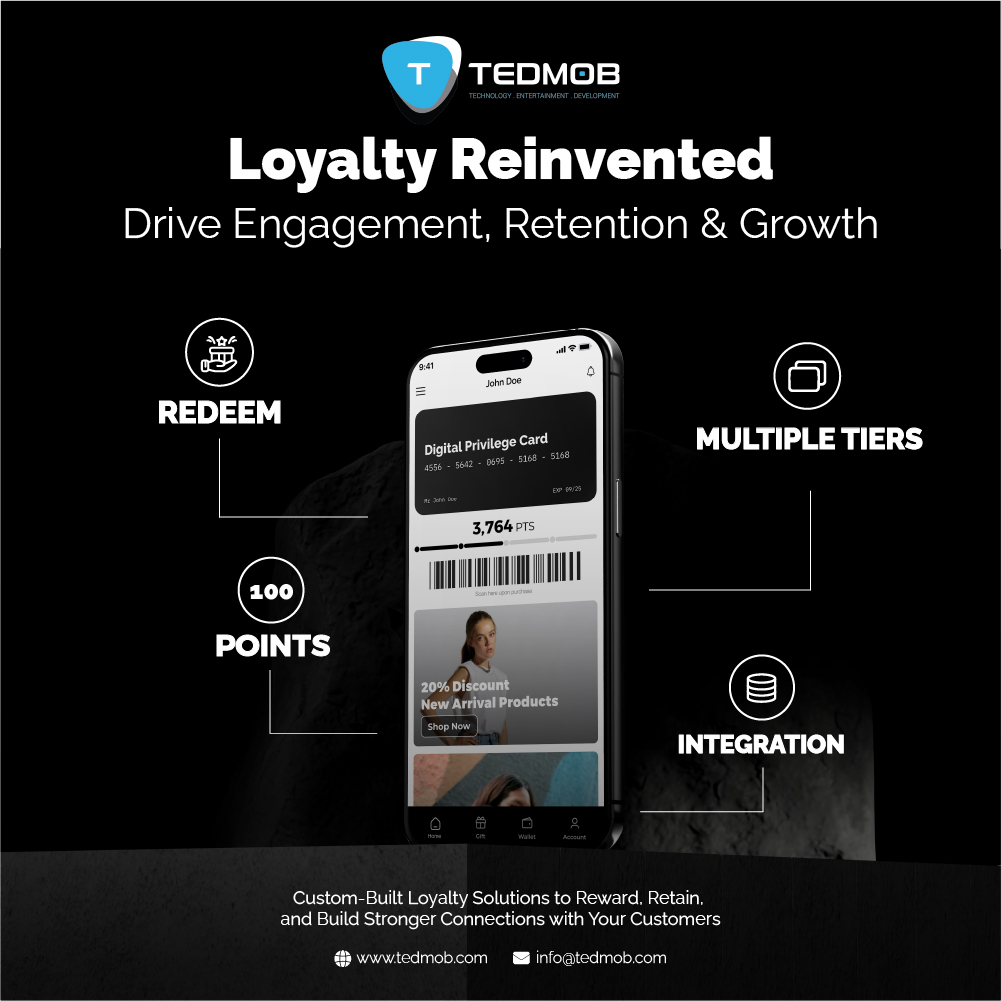As technology continues to evolve, we may reach a point where smartphones are no longer needed as external devices. Instead of carrying a phone in your pocket or bag, future advancements could integrate communication technology directly into the human body.
An extension of the Internet of Things (IoT), the Internet of Bodies (IoB) is an emerging category of technology poised to transform human interaction and connectivity. It encompasses an unprecedented number of connected devices and sensors affixed to, implanted in, or even ingested into the human body.
According to the World Economic Forum (WEF) report, Shaping the Future of the Internet of Bodies: New Challenges of Technology Governance, “The IoB generates tremendous amounts of biometric and human behavioral data. This, in turn, is fueling the transformation of health research and industry, as well as other aspects of social life, such as the adoption of IoB in workplaces and the emergence of new entertainment options—all powered by data-driven innovations and societal benefits.”
The term “Internet of Bodies” was coined in 2016 by American Professor, Andrea Matwyshyn, who describes it as “A network of human bodies whose integrity and functionality rely, at least in part, on the internet and related technologies.”
Related: Navigating the Future of Cloud Data Privacy
Examples of IoB Technologies
Several companies are pioneering advancements in wearable technology and implantable devices, transforming the way people interact with their environments and manage their health. In terms of access control, BioTeq has developed radio-frequency identification (RFID) microchips that employees can implant in their hands to seamlessly unlock doors, access secure systems, and even store information.
In the realm of wearable technology, industry leaders such as Apple and Fitbit continue to dominate the market with smartwatches and fitness trackers that monitor individuals’ physical activity, heart rate, and other health metrics. Meanwhile, Neurable has produced brainwave-tracking headphones designed to enhance productivity and mental wellness. Augmented reality (AR) wearables and smart garments are also emerging, providing new ways to integrate digital experiences into daily life.
Medical applications of wearable and implantable technology are also expanding rapidly. Companies like Philips and Siemens Healthineers are developing continuous health monitoring systems, including glucose monitors and blood pressure trackers, that provide real-time data to users and healthcare professionals.
Assistive devices have also seen significant innovation, particularly in hearing and vision aids, glucose monitors, and wearable dialysis devices. Garmin Health, for instance, offers wearable technology that supports individuals in tracking their activity levels and vital signs.
Also Read: A Smart Start: The Future of Digital Wearables
The Benefits of IoB Data
IoB devices enable detailed and accurate data collection, which can revolutionize healthcare research, particularly in the rapidly growing direct-to-consumer digital health market. According to market projections, the connected medical device market is expected to reach USD 75.99 billion by 2025, growing at a compound annual growth rate (CAGR) of 14.98%, to reach USD 152.71 billion by 2030.
One of the most significant advantages of IoB is its potential to reduce healthcare costs. By facilitating early intervention, IoB devices help prevent hospital readmissions and reduce the need for in-person medical visits. This not only lowers expenses for healthcare systems and patients but also supports proactive health monitoring.
According to Rand Corporation’s research, in the United States, the use of IoB devices for remote patient monitoring has led to a 20% reduction in hospital readmissions. In Europe, continuous glucose monitoring (CGM) systems have transformed diabetes care. Patients using CGM devices have experienced a 1% reduction in HbA1c levels, signifying better blood sugar control. This improvement decreases the risk of diabetes-related complications by approximately 40%. In Japan, wearable health monitors have been integrated into preventive care programs. Data from these devices has enabled the early detection of conditions like hypertension and arrhythmias in 15% of users.
These technologies are also enhancing workplace safety in high-risk industries like construction, mining, and rescue operations, among others. According to a report by the U.S. Chamber of Commerce, a significant 83% of contractors believe that wearable technology can substantially enhance safety on job sites. Similarly, Researchers at the Pukyong National University equipped 50 miners with wearable devices for three months, monitoring environmental toxins and their physiological responses in real time. The results showed a 97% accuracy in detecting toxic gases and a 50% reduction in miners' response times to alarms, highlighting the technology’s effectiveness in enhancing safety and rapid hazard response.
Connectivity: Powering the IoB
IoB devices rely on various connectivity solutions to ensure seamless operation. For instance, bluetooth enables real-time data transfer between wearables and smartphones; Wi-Fi facilitates high-speed data exchange for healthcare professionals to monitor patients remotely; cellular networks ensure continuous monitoring, even in remote or emergency situations; and near-field communication (NFC) facilitates secure and instant data exchange between IoB devices and external systems. These connectivity options enhance the effectiveness of IoB solutions, making health monitoring and real-time intervention more accessible and efficient.
Latest: Gulf Nations Lead the Way in 5G Roaming Speeds, Boosting Tourism and Connectivity
Tackling Privacy and Ethical Concerns
IoB technologies share many concerns with the Internet of Things, including consumer trust, safety, security, and interoperability. In light of these concerns, CSPs, including telecom operators must work in tandem with regulatory authorities to develop a data governance framework to address issues such as:
- Interoperability and Data Accuracy: CSP’s must ensure that data from various devices aligns with traditional medical reports. A lack of interoperability between the sources could result in inaccurate insights.
- Wearable Device Vulnerability: Wearables and medical IoT devices are susceptible to hacking and cyberattacks, which expose users to potential physical harm and privacy risks, necessitating the need for strong defenses.
- Discrimination and Bias: Data collected from IoB devices may introduce biases, leading to potential discrimination against individuals based on inaccurate or incomplete health insights.
Related: The Ethics of Technology: Balancing Innovation and Responsibility
To confront these challenges, multistakeholder action is urgently required. Given the dynamism of IoT technology connected with human bodies, a robust and standardized governance system across the conventional division of medical and non-medical fields is needed to address the risks of the expanding IoB sector. Data protection regulations must continue to ensure that data is lawfully obtained and processed.
Developing a repertoire of privacy-enhancing technology and a structured decision-making framework involves leveraging solutions such as encryption, metadata and digital rights management, application programming, system development governance, and identity management. One effective approach is using synthetic data—artificial data that retains the statistical properties of real data—as a substitute in AI and machine learning (ML) models, ensuring privacy while maintaining accuracy.
To empower IoB device users, data ownership must be clearly defined, giving individuals better control over their personal information. This includes ensuring users understand how their data is used and providing them with the ability to access, modify, and correct their information as needed.
Interesting Data Reads:
Can Cloud Security Harmonization Secure Data?










